Difficult with foreign partners
According to the report assessing the impact of the Law on Higher Education (amended), the Ministry of Education and Training recognized that, regarding the organization and administration of higher education institutions, the current Law on Higher Education stipulates that units under higher education institutions have legal status, causing difficulties, complications and risks in the organization and management of higher education institutions.
In addition, the regulations on university organizations with member universities (two-level model) still have many shortcomings, especially when implementing the autonomy mechanism. Therefore, one of the contents included in the revised Law on Higher Education is to strengthen autonomy, improve the governance capacity of higher education institutions and the effectiveness of State management. Thereby, in order to solve problems on the implementation of autonomy of higher education institutions; the operational efficiency of the two-level university model (with member schools, affiliated units)...
Agreeing with the assessment of the Ministry of Education and Training that this model is facing difficulties, Prof. Dr. Vu Hoang Linh - Chairman of the Council of the University of Natural Sciences (Hanoi National University) shared that for professionals, the most difficult thing about the two-level university model is not management, but explaining when working with foreign partners.
“When we introduce ourselves as a University, there is another University above. Foreigners do not understand how Vietnamese higher education is, but there is a “university within a university”, Prof. Dr. Vu Hoang Linh expressed and said that it is time to review some contents related to the two-level university model.
Regarding the issue of the University Council in higher education institutions, Prof. Dr. Vu Hoang Linh emphasized that this is a suitable governance model in the process of autonomy of schools, but there needs to be regulations for the activities to become more substantial and contribute more. Currently, in many higher education institutions, the University Council is still at the formal level, not really taking on the governance role.
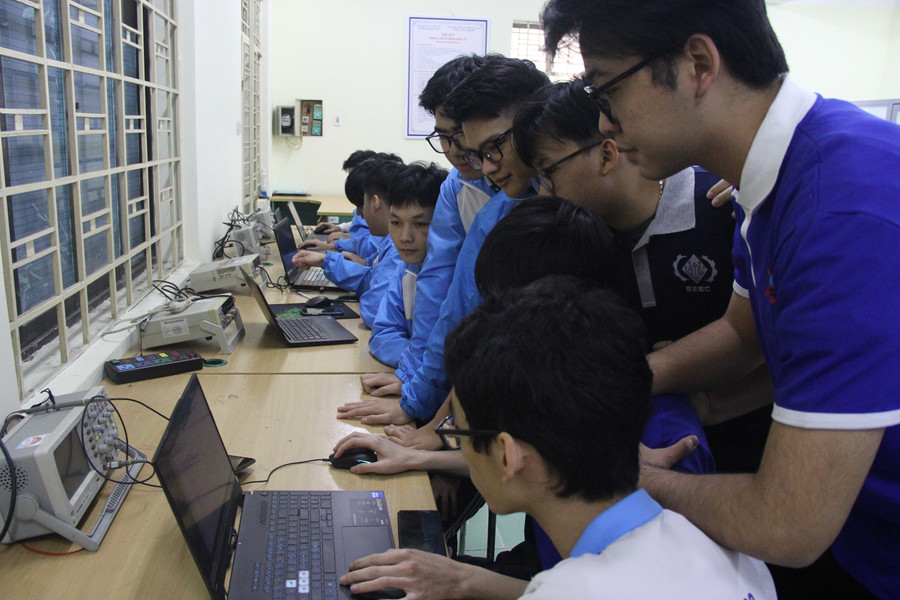
Where is the problem?
In Vietnam, there are currently national university and regional university models. Associate Professor Dr. Bui Xuan Hai - Rector of Hai Phong University noticed that in recent years, many faculties of these two universities have developed into member schools. There are small-scale schools, with more than 100 lecturers and several thousand students. "When talking to foreign professors, they often ask how our two-level university model works?", Associate Professor Dr. Bui Xuan Hai shared.
In terms of State management, the Rector of Hai Phong University said that if member schools are identified as higher education institutions, they should be given autonomy like other independent schools, so that member schools can develop better. We cannot classify higher education institutions in Vietnam as national universities, regional universities, universities, colleges, and academies.
“I support the idea of developing into a university but inside are schools (schools or colleges), it cannot be “a legal entity within a legal entity”, Associate Professor, Dr. Bui Xuan Hai expressed.
According to the Law on Higher Education 2018, university and college are two different concepts. A university is an institution that trains many majors but not many fields. While a college will train in many fields, each field has many majors. Therefore, a university will include universities.
Currently, the country has 10 universities, including 5 national and regional universities. Analyzing the model of university within university, Dr. Le Viet Khuyen - Vice President of the Association of Vietnamese Universities and Colleges said that, implementing Resolution 4 of the Central Committee (Term 7), the State advocates building multidisciplinary universities.
In 1993 and 1994, five multidisciplinary universities, including Hanoi National University, Ho Chi Minh City National University, Thai Nguyen University, Hue University and Da Nang University, were established, based on the principle of merging several specialized higher education institutions in the same area.
As initially proposed in the Project for planning the network of higher education institutions submitted by the Ministry of Education and Training to the Council of Ministers (i.e. the Government) since 1992, all multidisciplinary universities must be organized as a unified entity, especially in the field of training, with a 3-level governance system: University, College and Department, i.e. following the model of American Universities.
However, during the implementation process, Dr. Le Viet Khuyen realized that, for many reasons, the 3-level structure of school - faculty - department (the old Soviet Union's management style) was basically maintained in member schools. Meanwhile, in multidisciplinary universities, there is a 4-level structure: University - school - faculty - department.
To maintain their status as independent universities, member universities often use the model: University - University - Faculty - Department when translating the four-level structure into English, causing misunderstanding among foreign colleagues. They believe that multidisciplinary universities in Vietnam are university corporations.
According to Dr. Le Viet Khuyen, multidisciplinary universities must be organized as a unified entity, especially in the field of training, with a 3-level administrative system: University, College and Department. The College level is within the University and is not considered an independent university.
The 2012 Law on Higher Education calls multidisciplinary universities a two-level university model (University within University), or a parent university - subsidiary university model. In essence, this is a model of a union of specialized universities with 4 levels of management: University - university - faculty - department.
The Vice President of the Association of Vietnamese Universities and Colleges said that the consolidation of a number of specialized higher education institutions into universities aims to promote the strength of member units, sharing intelligence and brainpower. However, this has not been as effective as expected. Member schools in multidisciplinary universities have high autonomy so they operate almost independently, without coordinating with each other, first of all in terms of training. Therefore, they cannot demonstrate their combined strength as true multidisciplinary universities.
In addition, the system of documents and regulations still has some shortcomings: the University is not considered a unified entity, the University Council is not consistent with the spirit of university autonomy; member schools recognized by the State have the status of almost an independent university. This invisibly nullifies the university level, losing the inherent comprehensive strength of a multidisciplinary university.
“In the past, many member schools demanded independence from regional universities,” Dr. Le Viet Khuyen shared and hoped that when amending the Law on Higher Education, the Drafting Committee would need to overcome the above difficulties and shortcomings.
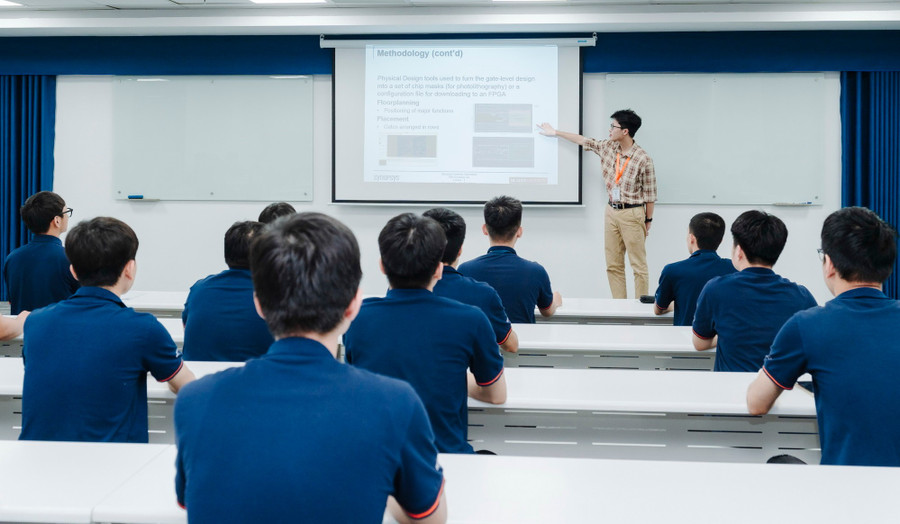
From “control” to “development creation”
Improving the effectiveness of State management and creating an advanced university governance system is one of the policies mentioned by the Ministry of Education and Training when amending the Law on Higher Education.
Mr. Nguyen Tien Thao - Director of the Department of Higher Education said that the proposed policy establishes legal autonomy for higher education institutions, giving them comprehensive decision-making power on organizational structure, personnel, academics and finance, except in cases limited by law.
At the same time, the policy simplifies the organizational model, eliminates the "member school" model (except for national universities and regional universities) and does not require the establishment of a School Council in special units such as defense and security.
In addition, this policy aims to transform the management model from “control” to “development creation”, in line with international trends and the context of digital transformation. Universities will operate under a single-level governance model, with clear responsibilities, reduced overlap and increased operational efficiency. State agencies will shift from micromanagement to supervision based on laws and outputs, enhancing publicity, transparency and accountability.
According to Mr. Nguyen Tien Thao, this is an important step to modernize the university governance model, promote real autonomy, reduce the burden of administrative procedures; at the same time, create conditions for higher education institutions to promote their capacity for innovation and flexibility to adapt to the requirements of rapid and sustainable development in the context of international integration.
Emphasizing that each unit has its own mission and position, Deputy Minister of Education and Training Hoang Minh Son said that the two-level university model has shortcomings that need to be resolved, but that is not a matter of abolishing national universities and regional universities. National universities and regional universities are units managed by the State according to their missions. These universities have their own missions and positions and are key higher education institutions.
“We need to discuss internal governance and propose how the model should be improved to ensure effectiveness and efficiency,” the Deputy Minister raised the issue, emphasizing that this amendment to the Law is an opportunity to make fundamental and comprehensive adjustments to the Law on Higher Education. From there, overcome major bottlenecks, difficulties and obstacles in the implementation process. Thereby, demonstrate the spirit of innovation, meet the requirements of the new period, in line with the guidelines and policies of the Party and State.
Six important policy groups are expected to be proposed in the draft Law on Higher Education (amended), including: Improving the effectiveness of State management, creating an advanced university governance system; Modernizing training programs and methods, applying advanced technology and promoting lifelong learning; Positioning higher education institutions as centers of research and innovation associated with training high-quality human resources; Strengthening resource mobilization and improving the efficiency of investment in modernizing higher education; Developing a team of excellent lecturers and scientists and a creative and honest academic environment; Innovating quality assurance work in a modern and substantive direction.
Source: https://giaoducthoidai.vn/go-diem-nghen-mo-hinh-dai-hoc-hai-cap-post739457.html







![[Photo] Cat Ba - Green island paradise](/_next/image?url=https%3A%2F%2Fvphoto.vietnam.vn%2Fthumb%2F1200x675%2Fvietnam%2Fresource%2FIMAGE%2F2025%2F12%2F04%2F1764821844074_ndo_br_1-dcbthienduongxanh638-jpg.webp&w=3840&q=75)
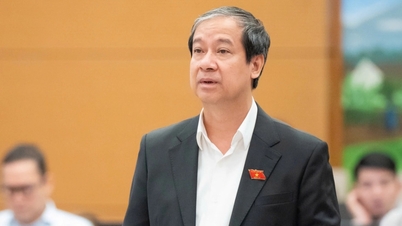

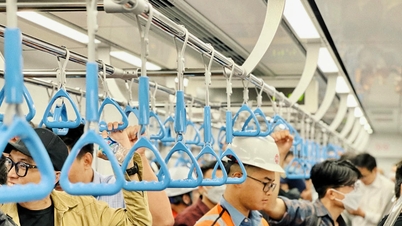



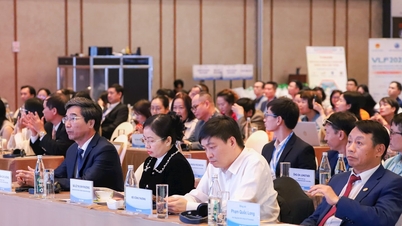

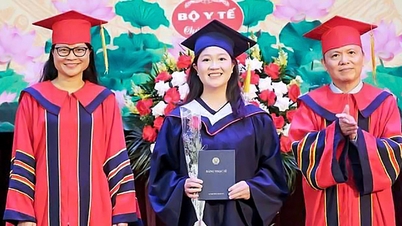




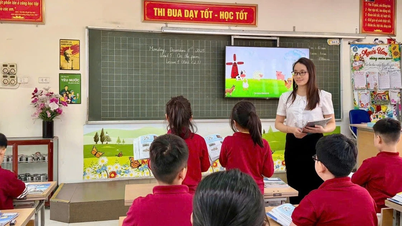










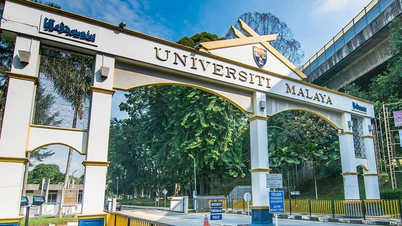


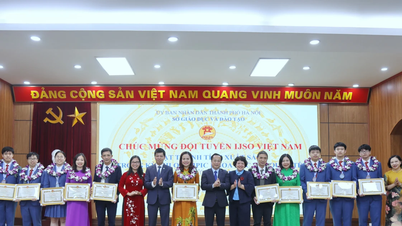
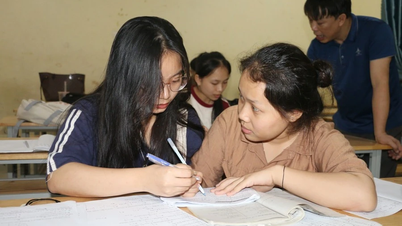
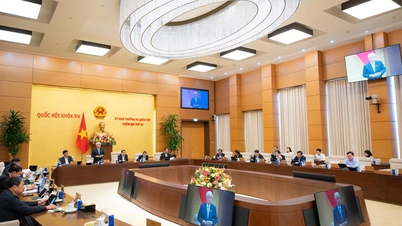



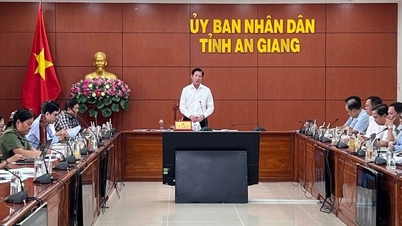

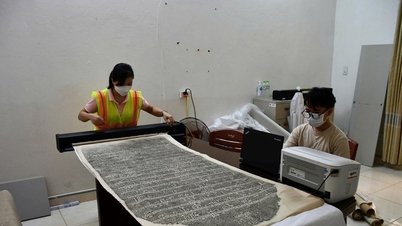

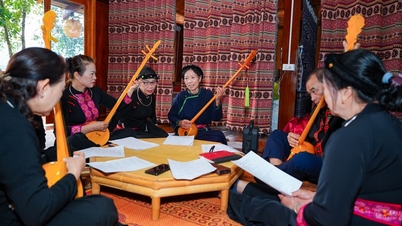



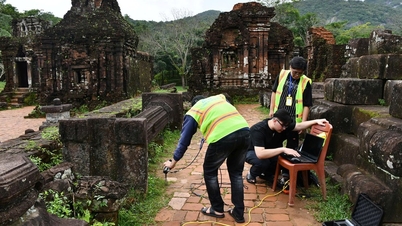



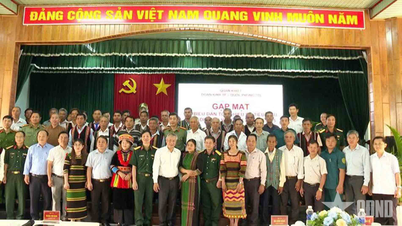
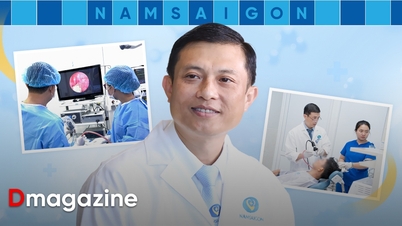
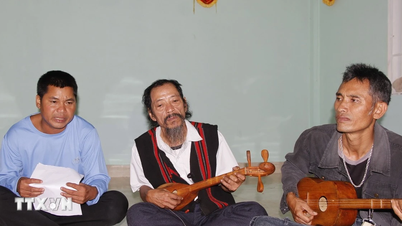
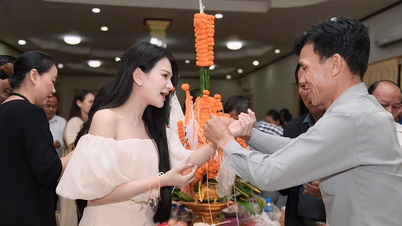



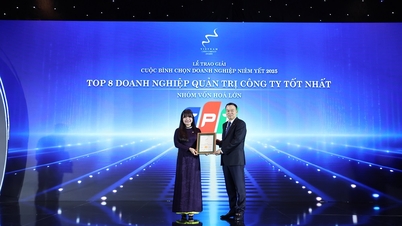



![[VIMC 40 days of lightning speed] Da Nang Port: Unity - Lightning speed - Breakthrough to the finish line](https://vphoto.vietnam.vn/thumb/402x226/vietnam/resource/IMAGE/2025/12/04/1764833540882_cdn_4-12-25.jpeg)
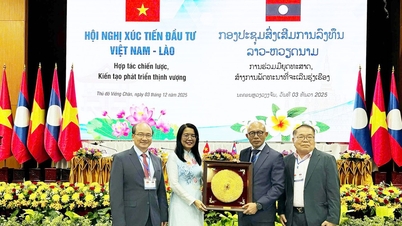
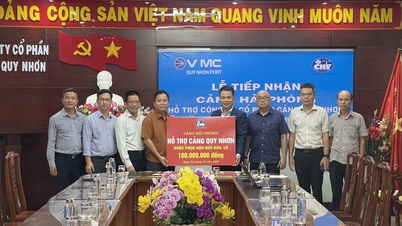












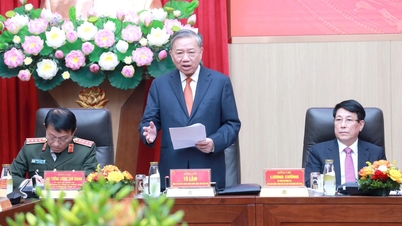

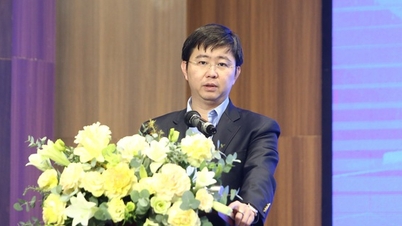

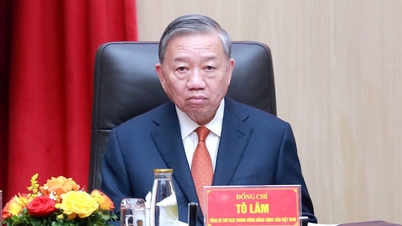













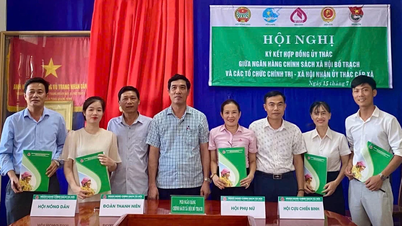













Comment (0)